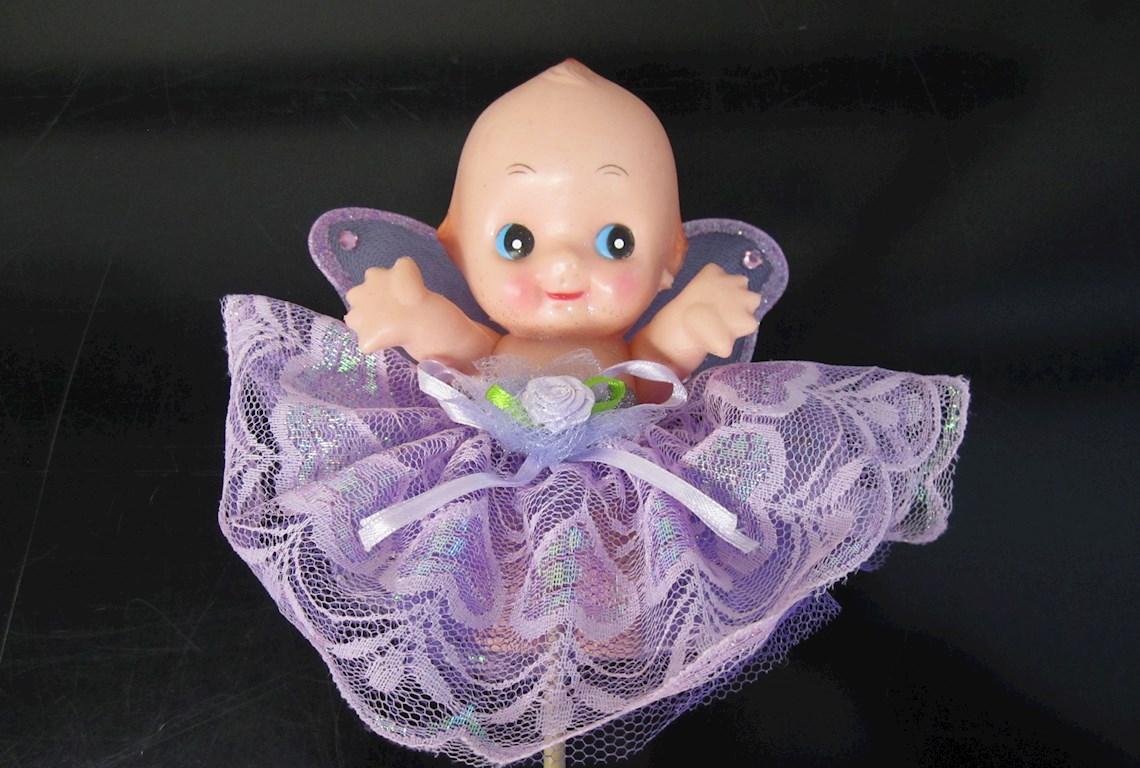Kewpie Dolls Heritage Highlight

Kewpie Dolls – A Show Icon
A glittering and colourful souvenir of the Royal Easter Show, the Kewpie doll has besotted visitors for generations. The Kewpie is easily recognisable for its round little belly, tuft hairstyle, big eyes, and whimsical expression.
Where did the Kewpie come from?
The dolls are based on characters featured in comic strips created by American author and illustrator, Rose O’Neill in 1909. The Kewpies first came to the creator in a dream. Inspired by her younger brother, Jamie, they are named after Cupid - the Roman god of desire - who is represented as a baby. O’Neill chose to spell the name with a ‘K’ because it seemed funnier. She described Kewpies as “a sort of little round fairy whose one idea is to teach people to be merry and kind at the same time” [O’Neil, Rose. 1916. The Kewpie Primer]
Kewpie creator Rose O’Neill was a dedicated suffragette and used her Kewpie characters to campaign for the vote for women.
Becoming a doll…
The Kewpie was originally made into a paper doll that children could cut out of a publication. From there they became a celluloid head attached to a cloth body. The 1920s saw an explosion in the manufacturing of celluloid and factories in many countries were able to produce the dolls made completely from this material. This enabled the dolls to become inexpensive– making them the perfect toy for kids at the Showground as they were available cheaply and in large numbers. However, celluloid is not hard wearing and from the 1940s Kewpies were made from other types of plastics. They were still able to be made cheaply but could withstand the rough play of children, and be cleaned after a day of fairy floss and sweets.
The Kewpie Wardrobe…
In the original comics, Kewpies didn’t wear clothes. However, as a showground toy a new level of glitz was added with dresses made of multiple layers of colourful tulle and ribbon, glittery bodices and metallic hairstyles. Some versions wear hats, tiaras, or feathered headdresses. The dolls are attached to a painted cane to make them easier to carry without spoiling their glamourous appearance. They have appeared in different sizes from small and discreet to oversized and elaborately dressed.
An Australian Icon…
Despite her American birth, the Kewpie quickly became an Australian icon, even featuring in the Closing Ceremony of the 2000 Sydney Olympic Games at Homebush Bay. Twelve giant kewpies, each six metres high, danced around the stadium with 960 dancing couples as ‘Love is in the Air’ was sung by Jon Paul Young. Today, the Kewpie still appears at Sydney Olympic Park each year – as a souvenir displayed at showground stalls during the Royal Easter Show, just as she has for generations past.